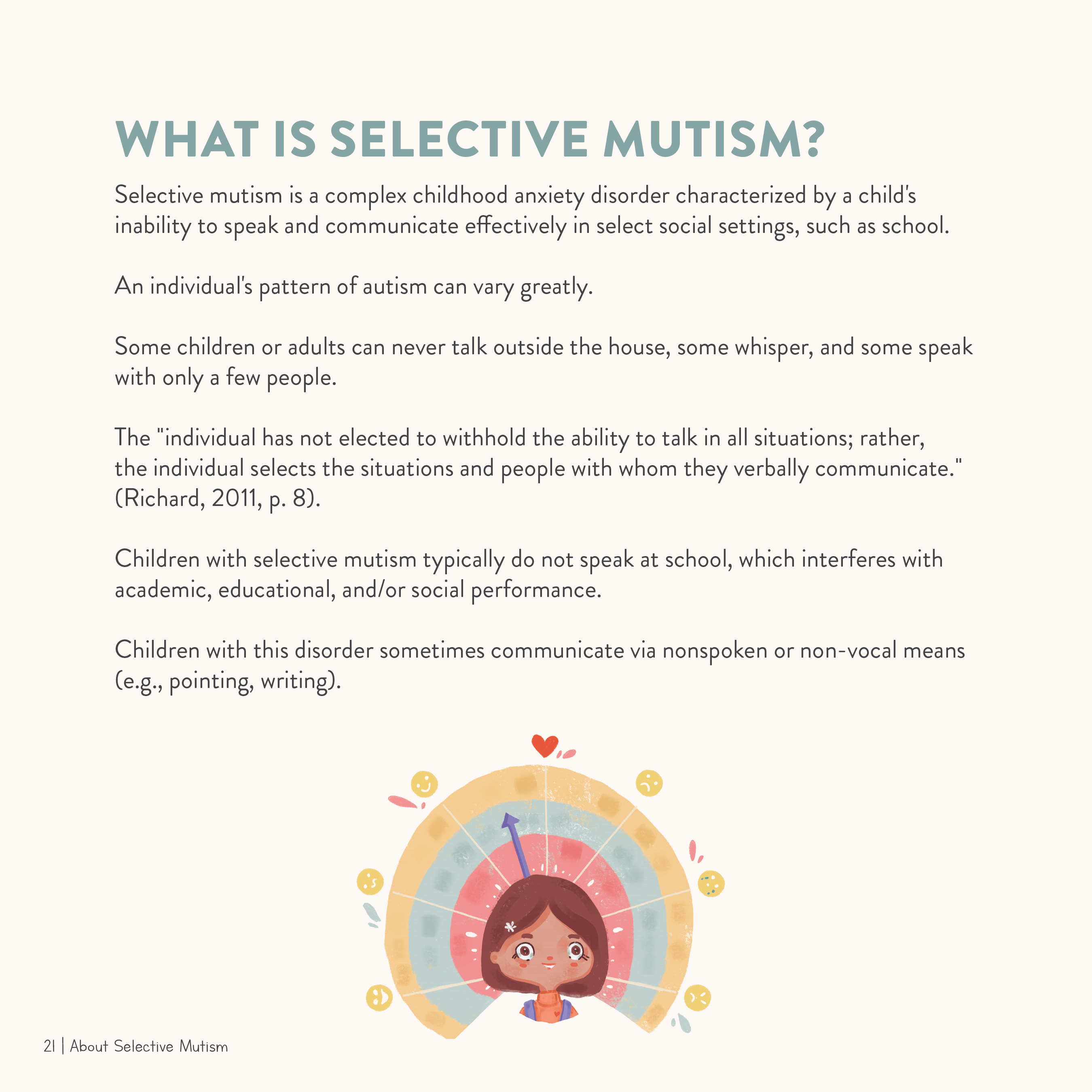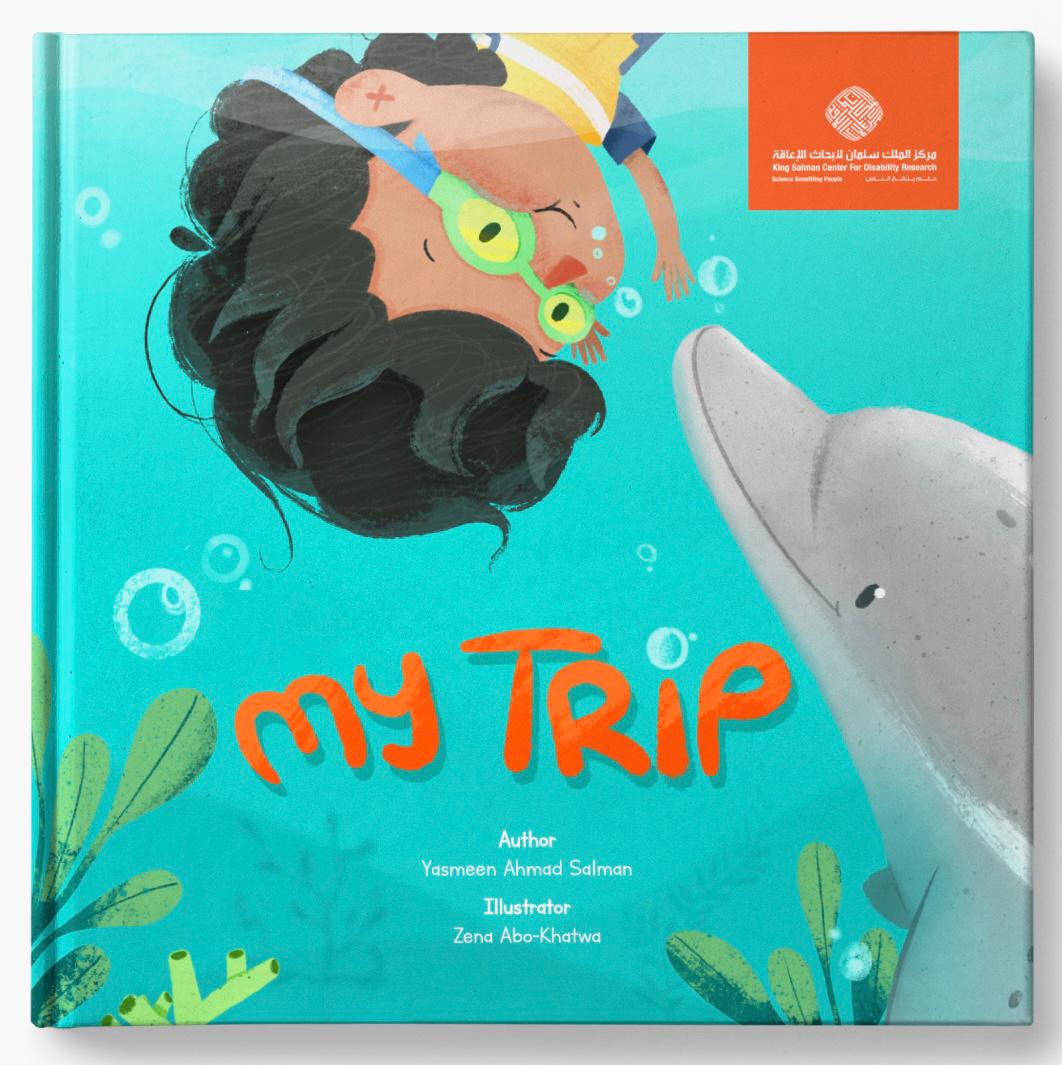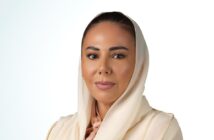Princess Yasmeen Ahmad Al Saud, author of the much-loved and highly entertaining children’s book, “Selective Mutism,” has shaped a new approach to literature in Saudi society. Princess Yasmeen writes books on how to be distinct and how to proudly deal with it. Through inspiring words and admirable drawings, these stories tell how friendship and people’s understanding and approach to one’s limitation can change and transform everything.
Her research interests include characters with disabilities in literature – how disabled people and children are portrayed and their representation. Currently, Princess Yasmeen Ahmad Al Saud works at the King Salman Center for Disability Research (KSCDR) and strives to contribute to its vision of becoming a leader in disability research with global impact.
What has motivated you to become interested in the field of disability, specifically disabled children?
I was seven years old when I felt a call deep in my heart to help and give wholeheartedly to others and I promised to myself to respond to that call. Later, as a teen, when asked what I wanted to become, my answer was: “Whatever I do, I want to value human life and help people, especially people and children with disabilities.” That picture became the canvas on which a picture of the world and my life is drawn. New colors and threads can be added to the tapestry, but the basis is the same – giving and helping with dignity, sensitivity, and genuine respect.
I used to be a volunteer and do community service work while visiting schools for my research. I am also passionate about creative writing. I wanted to find a way to combine my writing skill, my passion to help others and my desire to do community service. I believe that I have found a way to combine those three elements by writing picture books for children. I am open to any ideas and projects that aim to support a person or a community that needs and wants to be heard. I believe that these people have a voice and a story to tell, especially children with disabilities. I always wanted to work at King Salman Center for Disability Research (KSCDR) and work with people and children with disabilities. In other words, now I am living my dream; working at KSCDR as a researcher and writing books about people and children with disabilities.
Tell us about your book. What is “Selective Mutism”?
A few years ago, when I visited a school, I discovered that there is a common misunderstanding and misinterpretation of Selective Mutism. People think that Selective Mutism is just anxiety or the child is shy because they talk perfectly well in the family or with close friends. Yet, it is not just shyness. It is a type of disability that needs collaborative and special treatment from the family, the school, speech pathologist, psychologist, and other health personnel. It is wrong to disregard this disability or force the child to speak.

My book is about this important issue. I wrote “Selective Mutism” to raise awareness of this disability and its complications. Children with this disability need competent and qualified professionals to support them. As Sarah’s mother said, these children need to be encouraged to “share their voices” when they wish. They need to be empowered and encouraged to bravely and openly talk about their disability and share information about it with their classmates and friends.
Why people with disabilities?
I try to write about different challenges, diverse societies and attract various audiences. Another reason for writing is that people with disabilities often do not have the opportunity to tell their story in the way we do. I am trying my best to be the voice for the voiceless.
Do you believe that your book “Selective Mutism” can be the first in a series about disabled or special children and social stigma towards them?
The idea has to awaken certain feelings and thoughts in me, and be near and dear to my heart. I am trying to write on issues that are not very well-known yet can be life-changing for certain individuals or groups. These are concerns that I think need more attention in our ever-changing and evolving society.
As a researcher, do you spend time with families of children with disabilities to create your characters, or are they the result of your imagination? Is Sarah from the book on Selective Mutism a random character, or have you seen such a character in reality?
Any character is a combination of authenticity and imagination and should have enough of unique traits to be alive in the minds of readers. At the same time, any character should have the features of the society it represents to convey that society’s environment and characteristics. In Sarah’s case, she has a prototype.
I choose themes and create characters for my books by looking at an issue in society that needs to be voiced out and solved. This is why my books focus on different topics. Many issues need to be explained to society, and many people need to learn about those issues. Hence, I want to communicate to different people through my books and attract diverse audiences, not only children or parents of certain groups but everyone.
As a writer and researcher, what do you think of the connotations, meanings, and ways of representing the terms “disability”, “impairments”, “special needs”, and “inability”?
First of all, the term “disability” is a scientific term. I believe that it is not about terms but the attitude and approach to people in general. It is not the words that matter but how people with disabilities are treated and portrayed that matter. For example, when I see a person with disabilities, I do not see them as “a person with disabilities.” I see them as complete human beings with their abilities and potential, not inabilities or disabilities. I do not see them as different. In a sense, we all are different, and they are no more different than we are. At the same time, when I hear the words “special needs,” I feel like the emphasis is on needs, but these people matter much more than that.
What do you think about other people feeling sorry for people with disabilities? This is not always the case in all societies, but it is often the case.
I do not feel sorry for them. They are capable of doing many things that I cannot do. For example, I cannot draw. In such a case, they may feel sorry for me. I know that they do not feel sorry for themselves. They are strong personalities and have great potential. They do not want to be granted any advantages over other people. They only need and want equal conditions and opportunities. They want to be the best and do great things in life, like any other member of the society: to live a dignified, meaningful, and fulfilling life. No one is perfect, and we all are different.
Can you elaborate more on the role of art for people with disabilities?
I strongly believe that any form of art or activity has a therapeutic effect, from drawing to dancing. Art helps to distract oneself from certain problems and thoughts and at the same time, to reveal these thoughts and problems, to express them, to give them an explicit form, and, thus, to overcome them. I believe this is true, especially for drawing, since it helps these people with disabilities to tell and express their rich feelings, to tell and picture their stories and their worlds.
Can you explain the writing element and the combination you mentioned?
Writing is an empowering process. I do not write for the sake of writing. I write how I feel and see the world. I write to give voice to the voiceless, to tell their stories, to voice out their worlds. I see many issues that need to be discussed. When walking down the streets, I see different situations and issues that need to be discovered. However, I do not want to just speak about these challenges and move on. I want these stories to be documented and to reach a broader audience that can help make the world a better place.
Could you please name all the books published and yet to be released?
I will be happy to do so. My first book, “Selective Mutism,” is already published. The next books, “My Trip” and “Colors” [the works of a blind artists have been included in this book]will be released soon. While “My Trip” is about a child who has Autism Spectrum Disorder (ASD). The next book, which is in the editing process, will be about a deaf child. I foresee another book about people with disabilities in the arts coming out later this year [2021].

Tell us more about your next book.
I am in the process of writing a slightly longer book more appropriate for older children, teens and adults. It all started with the idea to write a book with illustrations created by a person with disabilities. However, when getting acquainted with these young artists, I understood that my next book’s entire concept should be changed. Six adults with disabilities did drawings. First, I thought of offering them to draw about their life or future, but then I realized that I should give them the freedom to imagine whatever they choose to and develop my stories through their pictures. When the pictures are ready, I put them in a certain logical order and then develop the book’s narrative.

How do you see your role and contribution in KSCDR?
I see myself first as a writer, then as a researcher. At KSCDR, we conduct research on certain themes, such as horse therapy for children with Autism Spectrum Disorder. Once the research is over, we write articles and publish them. In some cases, writing books can be viewed as another approach to research. Therefore, my research interests include disabled characters in children’s literature – how are disabled children portrayed. Last but not least, I am working on the development of a website where I will share books and stories.




